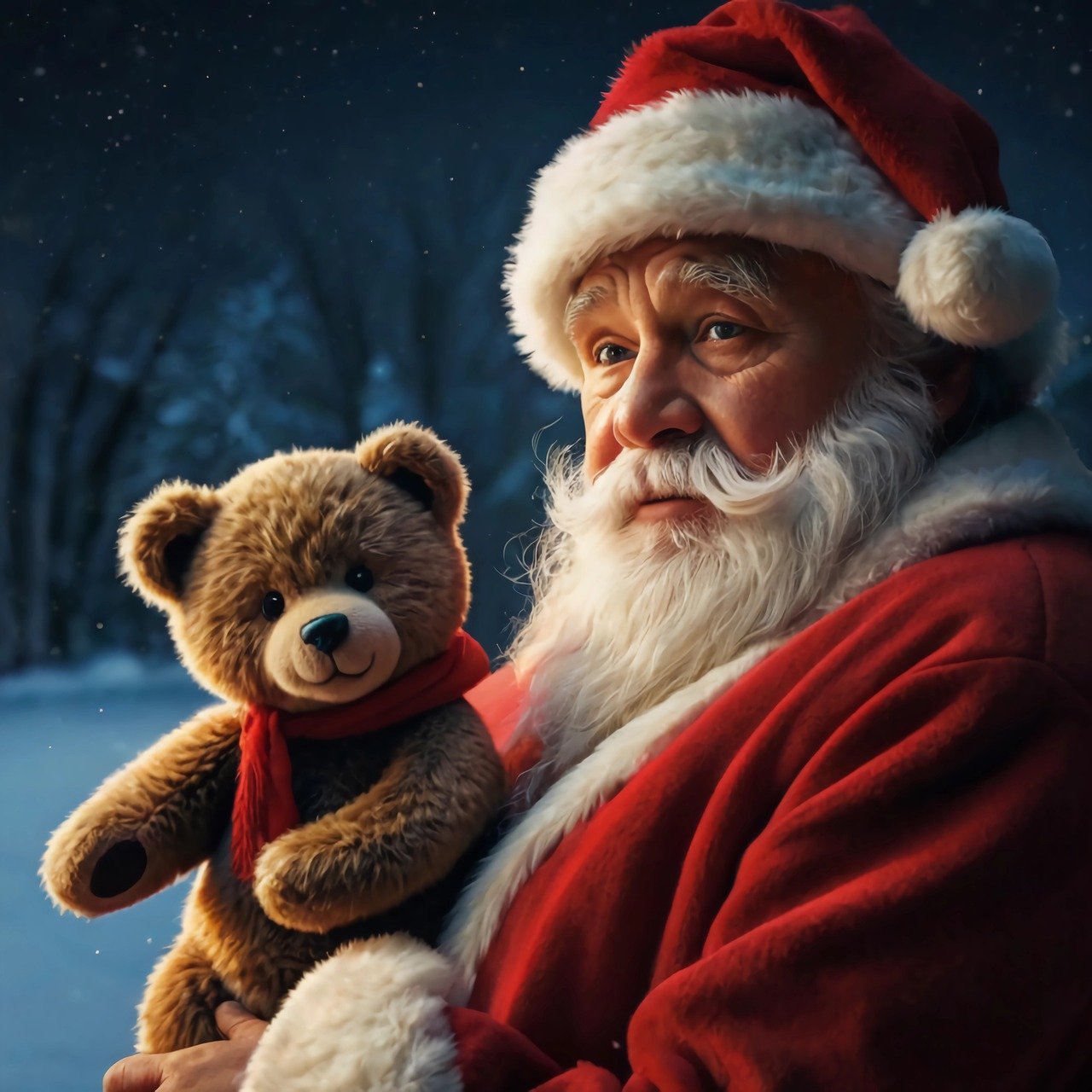Mikulás or Télapó? The history behind Hungary’s Santa Claus

The figure of Santa Claus traces its roots back to St Nicholas, a Catholic bishop who became renowned as the patron saint of children and students. Serving in the ancient city of Myra, his acts of generosity inspired the later tradition of Santa Claus as a gift-giver. One of the most famous legends surrounding St Nicholas recounts how he secretly aided a poor man’s three daughters by leaving gold in their windows, enabling them to marry. This story remains central to the image of Santa Claus as a charitable and giving figure.
The tradition of Santa Claus in Hungary evolved under German and Austrian influence. During the Middle Ages, St Nicholas was personified by students in monastic schools, before adults took on the role. Over time, the custom developed whereby children would leave out polished shoes to receive gifts, associated with St Nicholas’s Day on the 6th of December.
By the 19th century, these gifts were simple, often limited to sweets or fruit. In rural areas, the more ominous figure of “Miklós the Chained,” a menacing character who punished misbehaving children, emerged as part of the tradition.

The Origin of Santa Claus in Hungary
The Hungarian name for Santa Claus, “Mikulás,” originates from the Slovak word Mikuláš and gained prominence from the Highlands region. The term “Télapó,” which translates to Father Christmas, became more widely recognised in the mid-20th century. During the communist era, efforts to secularise the tradition elevated the term “Télapó,” partly influenced by the Soviet figure Ded Moroz. While “Mikulás” had long existed in Hungarian vocabulary, its contemporary usage grew alongside the regime’s attempt to reshape cultural and religious practices.
Globalisation has drastically altered Santa Claus’s image. The saintly and religious figure has been replaced by a more whimsical and earthly character, living in Lapland and journeying the globe in a sleigh pulled by flying reindeer. This version draws from the Anglo-Saxon Santa Claus and the Finnish Joulupukki. Iconic elements such as Rudolph and his fellow reindeer are products of modern folklore, reinforcing the cheerful, commercialised image of Santa Claus.

Save the date: the 6th of December!
In contemporary Hungary, Santa Claus embodies a dual tradition. On the 6th of December, children eagerly await small gifts in their polished shoes, maintaining the link to Mikulás. Simultaneously, the modern, secular figure of Santa Claus, largely disconnected from his religious origins, plays a growing role in Christmas celebrations. The influence of consumerism has further shaped this tradition, positioning Santa Claus as not just a source of childhood joy but also a central figure in advertising and holiday marketing campaigns.
Santa Claus, or the festive season he represents, is a truly magical time in Hungary and across the globe. It’s a season steeped in traditions, where people flock to charming Christmas markets to soak in the festive atmosphere, savour delicious seasonal treats, and enjoy quality time with their loved ones. Even in the face of globalisation, this holiday retains its unique charm and ability to unite families and communities. Year after year, it continues to be a heartfelt celebration, reminding us of the joy and warmth that comes from being together.
Read also:
- Winter is here: temperature in Hungary may drop below -10 degrees this weekend – PHOTOS
- Top 5 Christmas markets in Budapest that will leave you breathless!
Source:





